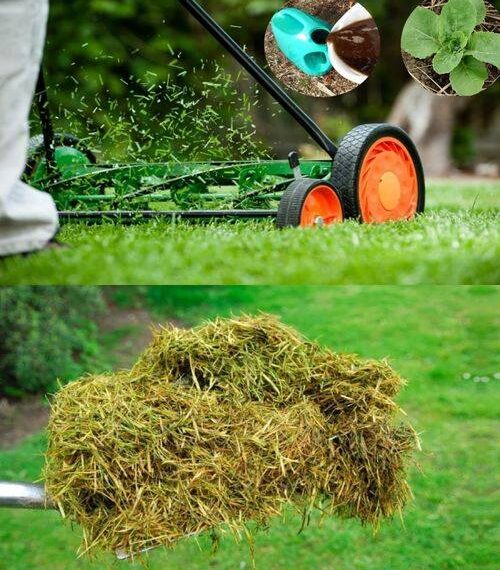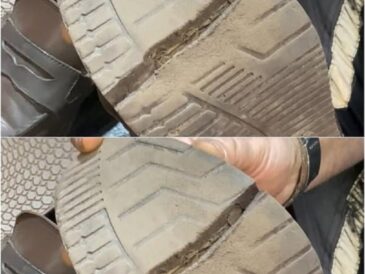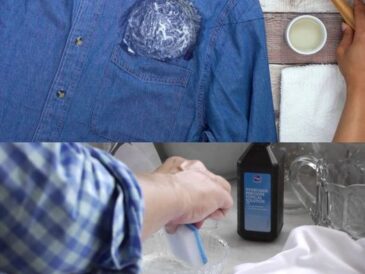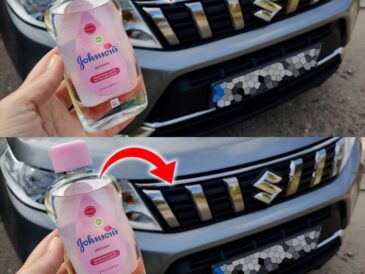Every time you mow your lawn, you’re left with piles of soft, green cuttings. Instead of bagging them up for the trash, what if you could turn that “waste” into a valuable resource for your garden, lawn, and even home?
Grass clippings are packed with nutrients, and with just a little creativity, you can use them in ways that save time, money, and effort.
Let’s dive deep into 5 smart, eco-friendly ways to reuse cut grass, and make the most of every mow.
1. Use Cut Grass as Mulch: A Natural Protector for Your Plants
Mulching is one of the best and easiest ways to reuse grass clippings. When used as mulch, grass clippings:
- Retain Moisture: They form a protective layer over the soil, helping it stay moist for longer periods, especially in hot weather.
- Suppress Weeds: A thick layer blocks sunlight, making it harder for weeds to sprout and compete with your plants.
- Enrich the Soil: As the grass decomposes, it slowly releases essential nutrients like nitrogen back into the soil, naturally fertilizing your plants.
How to Apply:
- After mowing, let the clippings dry for a few hours to prevent matting.
- Spread a layer 1–2 inches thick around vegetable gardens, flower beds, shrubs, or trees.
- Avoid piling clippings against stems or trunks to prevent rotting.
Tip: If your grass was treated recently with herbicides or pesticides, it’s best to let it sit for a few weeks before using it as mulch to ensure chemicals break down.
2. Supercharge Your Compost Pile: Turn Grass into Garden Gold
Composting is nature’s way of recycling, and grass clippings are an excellent “green” material loaded with nitrogen, which is essential for the composting process.
When added to compost, grass:
- Speeds Up Decomposition: Fresh clippings decompose quickly, helping the entire pile heat up and break down faster.
- Balances the Compost: Grass (green, nitrogen-rich) needs to be balanced with “browns” (carbon-rich materials like leaves, straw, or paper) for best results.
How to Compost Grass Properly:
- Mix grass with an equal amount of brown materials to prevent a slimy, smelly mess.
- Turn the pile regularly to provide oxygen and encourage even decomposition.
- Keep the pile moist but not soaking wet.
In a few months, you’ll have dark, crumbly compost that can be used to nourish all your plants.
Bonus: Composting reduces the amount of waste sent to landfills and cuts down on methane emissions. It’s a win for your garden and the planet!
3. Brew a Powerful Liquid Fertilizer: Grass Clipping Tea
Grass clipping tea might sound strange, but it’s a cheap, easy way to create a super fertilizer for your plants.
Grass tea is packed with nutrients like nitrogen, potassium, and phosphorus, making it perfect for vegetables, flowers, shrubs, and even indoor plants.
How to Make It:
- Fill a bucket about halfway with fresh grass clippings.
- Top it up with water.
- Stir well and let it steep for 3–5 days.
- Stir once daily to keep it oxygenated.
- After a few days, strain out the solids and use the liquid to water your plants.
Why It Works:
- The nutrients from the decomposing grass are released into the water, creating a quick, natural fertilizer that plants absorb easily.
- It’s free and organic, avoiding the need for chemical fertilizers.
Tip: Use the leftover solids by adding them to your compost pile!
4. Lay Down Soft Natural Pathways
Tired of muddy walkways between garden beds or along the side of your house?
Grass clippings can help create natural, soft pathways that are practical and attractive.
Benefits of Grass Pathways:
- Suppress Weeds: Like mulch, clippings block weed growth along paths.
- Prevent Mud: A thick layer of grass keeps shoes clean and garden areas neat even after rain.
- Recycles Waste: Turns what would have been trash into something useful.
How to Create a Grass Clipping Path:
- First, outline your path with stones, wood, or edging.
- Lay down a few sheets of cardboard or newspaper to block weeds from growing up through.
- Cover with a thick, dry layer of grass clippings.
- Add new layers every few weeks as the clippings decompose and thin out.
Over time, the paths will settle into a firm, walkable surface that blends naturally into your garden landscape.
5. Feed Your Lawn Naturally: Grasscycling
Perhaps the easiest way to reuse cut grass is to leave it right on the lawn — a method known as grasscycling.
When you leave short clippings on the grass:
- They decompose quickly, returning up to 25% of your lawn’s annual fertilizer needs naturally.
- They save time and effort — no need to rake, bag, or haul away clippings.
- They keep your lawn greener and healthier without synthetic fertilizers.
How to Grasscycle:
- Use a mulching mower or simply mow regularly so the clippings are short and fine.
- Avoid cutting more than 1/3 of the grass height at a time — shorter clippings decompose faster.
- Mow when the grass is dry for best results.
Grasscycling not only benefits your lawn but also helps reduce the environmental impact of lawn care.
Final Thoughts
Cut grass is far more useful than it seems. Whether you’re enriching your garden soil, feeding your compost, creating natural pathways, brewing fertilizer, or nurturing your lawn, grass clippings are a free, sustainable resource.
By reusing them smartly, you save time, reduce waste, and build a healthier, greener outdoor space.
Next time you mow, think twice before bagging up all that green gold — your garden will thank you! 🌿




